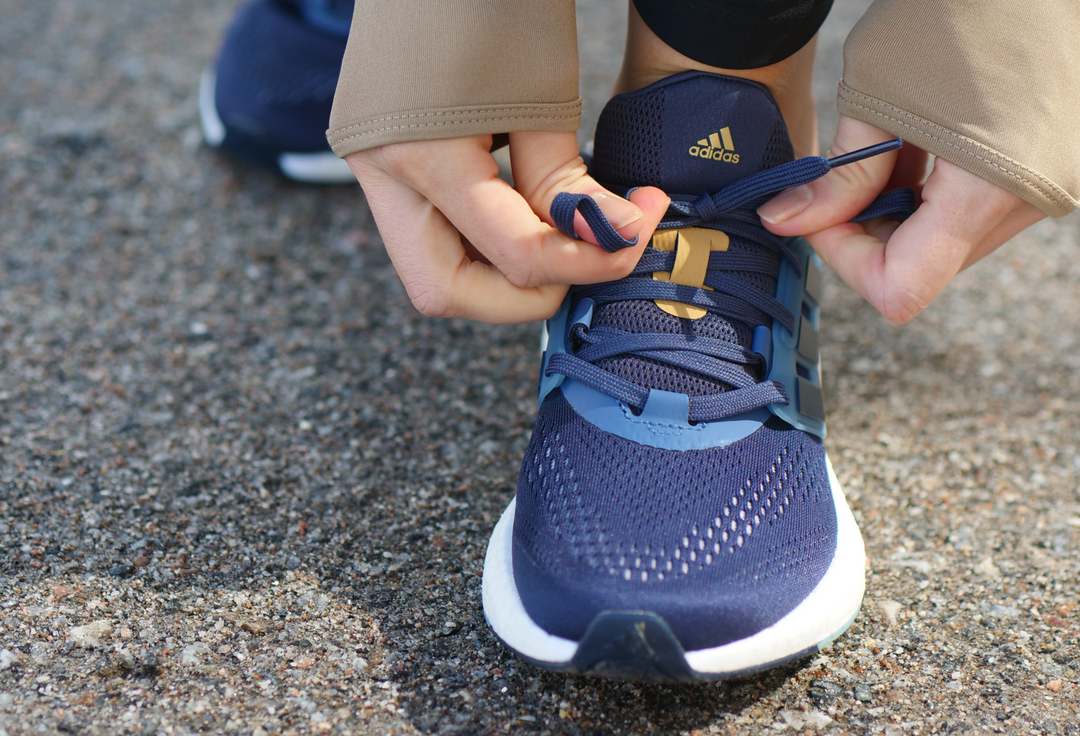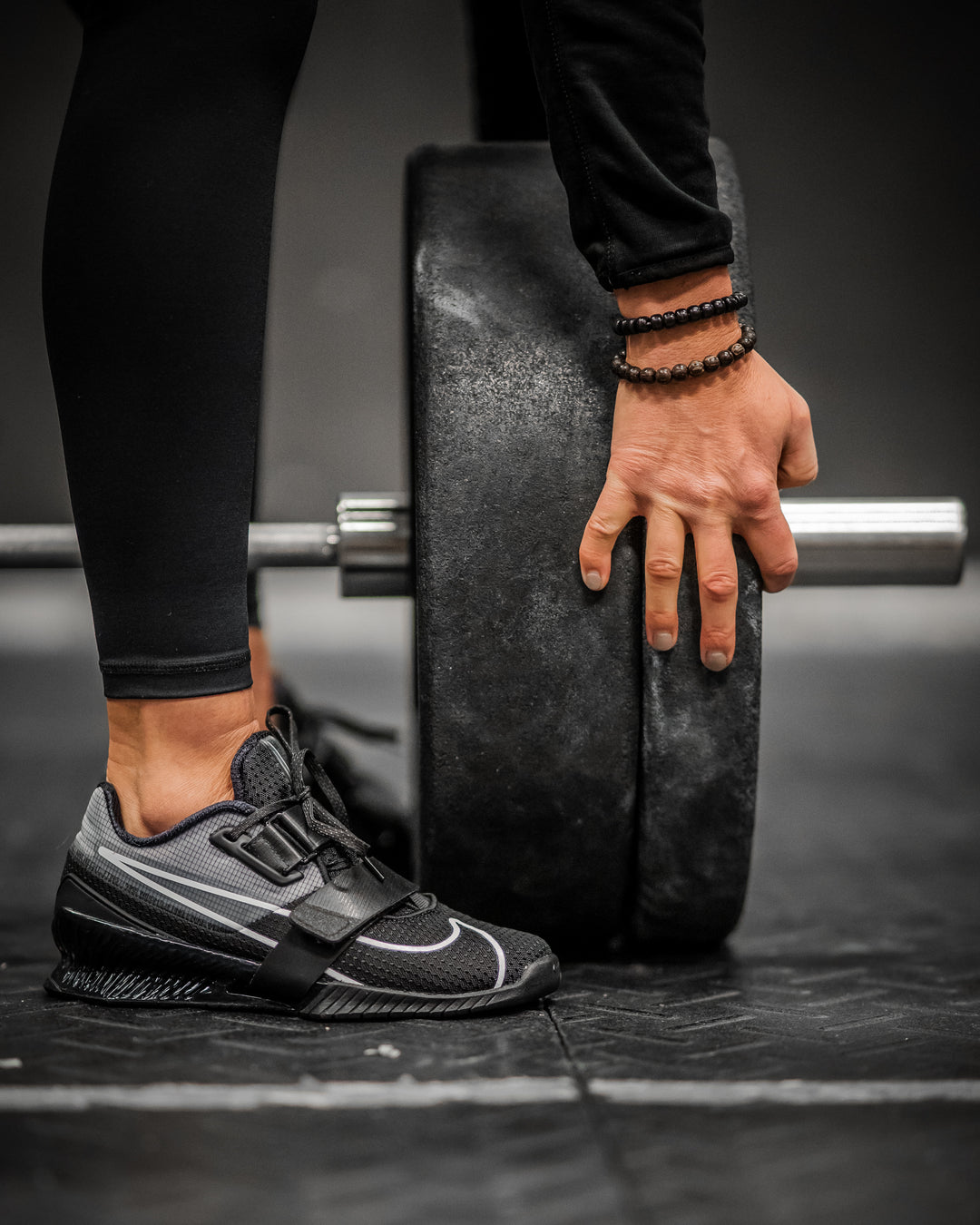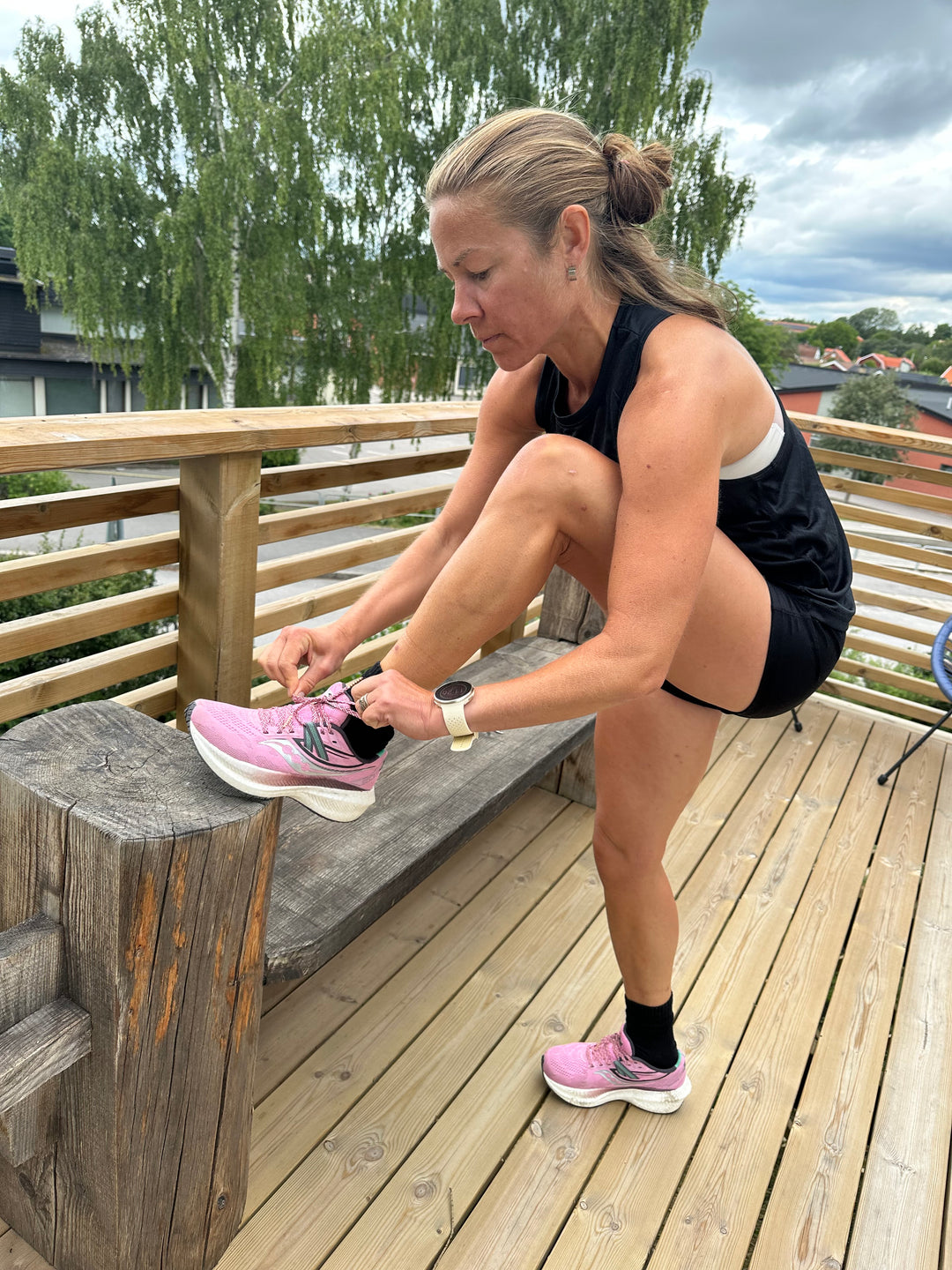Ultimate guide: How to find the right hiking shoe
With ill-fitting shoes, your mountain adventure can quickly go from wonderful to awful. We know which shoes will keep your pace and mood up.
SHOP HERE: Hiking shoes for him and her
Since hiking is all about going far and long, it almost goes without saying that your shoes should be one of your most important purchases. The wrong choice of shoes can lead to sore feet, blisters and bad moods. Three things you don't want to take with you on a trek in nature.
We talked to Daniel Cohn from Haglöfs who is an experienced hiker and knows what you should consider in terms of footwear for your next mountain adventure. Here are his top tips!
#1 The heavier the pack, the higher the boot
The choice between low or high hiking boots is mainly about the weight of your pack and the type of surface you will be hiking on. The less your pack weighs, the less you need a high boot to help stabilize your foot.
- With a heavier pack, the boot will help keep the heel stable and reduce the risk of sprains and strains. In the Swedish mountains there is a lot of marshland and it can be really muddy during spring and fall. Then a higher boot can reduce the likelihood of gravel and other things getting into the shoe," says Daniel Cohn.
What is meant by a heavy pack is of course relative, but with ten kilos or more you should consider a higher boot.
#2 Unsure? Choose a midcut boot
- Many people think it is a lot to spend two thousand kronor on a boot and then they want the same boot for everything. Then a midcut model, a boot that is in between a high and a low shoe, is a good compromise, says Daniel Cohn.
The reason why you shouldn't buy a high shoe if you don't need it is that it is very stiff. So you don't get the same flexibility in a high hiking boot as you do in a low one.
#3 Change your socks and prevent chafing
Many hikers prefer a membrane shoe that's waterproof to an airy one because you'll keep your feet dry regardless of the weather and terrain. However, most waterproof shoes are not as breathable as non-membrane shoes.
- If you get wet in a hiking boot, you're more likely to get chafed, making your stay in the mountains unpleasant. One tip is to always bring more socks than you expect. Change your socks as soon as your shoes are sweaty.
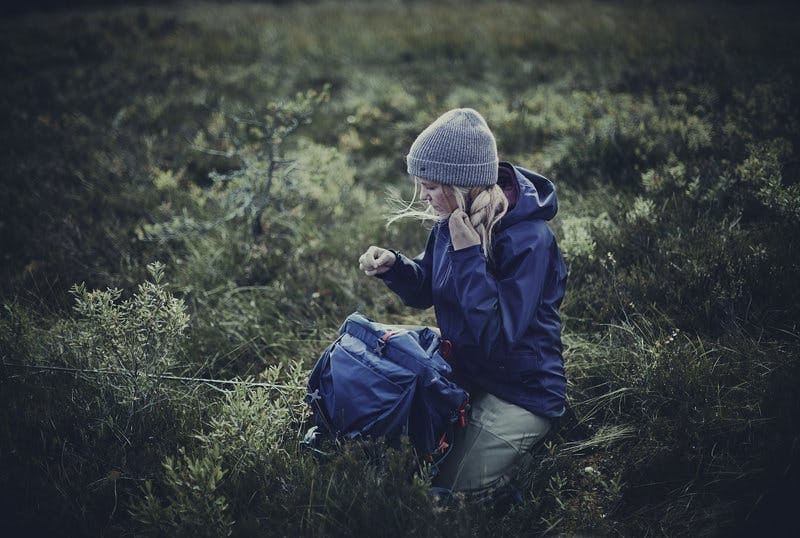 Use two pairs of socks in your boots, preferably in merino wool, to reduce friction and the risk of blisters.
Use two pairs of socks in your boots, preferably in merino wool, to reduce friction and the risk of blisters.
#4 Break in your shoes before your hike
Even if it says that your boots should be soft from the start, always wear them a few times before you go out.
- Don't think you should break in your boots on vacation. I've walked with far too many people in the mountains who got blisters from new shoes. Spend a few days in your hiking boots to soften them up. They're perfect for walking to and from work.
#5 Lightweight clothing = lighter shoes
If you're hiking in southern Europe or other warm places, you usually dress very lightly. Then you should also wear shoes that are light, preferably synthetic shoes because they breathe better than leather. Waterproof shoes are not as relevant because the chance of them being needed is very small. But don't think that just because you're hiking in a hot and dry climate you can wear your regular sneakers.
- On the continent, you'll see people wearing everything from sandals to high hiking boots, but my advice is to go for a solid shoe designed for hiking. The sole of running shoes, for example, doesn't have enough grip to handle gravel, bark and rocks.
#6 Try half a size bigger
Choosing hiking shoes that are half a size larger than your usual size is a good idea because the membrane makes the shoes less expandable.
- That, combined with the fact that some people's feet swell and you want different thicknesses of socks, means you may need a half size larger.
#7 Give your shoes some love
- Think of a pair of hiking shoes as a car, jacket or any other expensive investment. Always rinse and clean them after use before putting them in storage. See if you need to impregnate your shoes and do so with an environmentally friendly impregnating agent.
As shoes are in constant contact with the ground, it is important that the coating is kind to the environment. There are both eco-friendly sprays and waxes to lubricate your shoes.
3 great hiking shoes from Haglöfs
Best all-round boot: Ridge Mid GT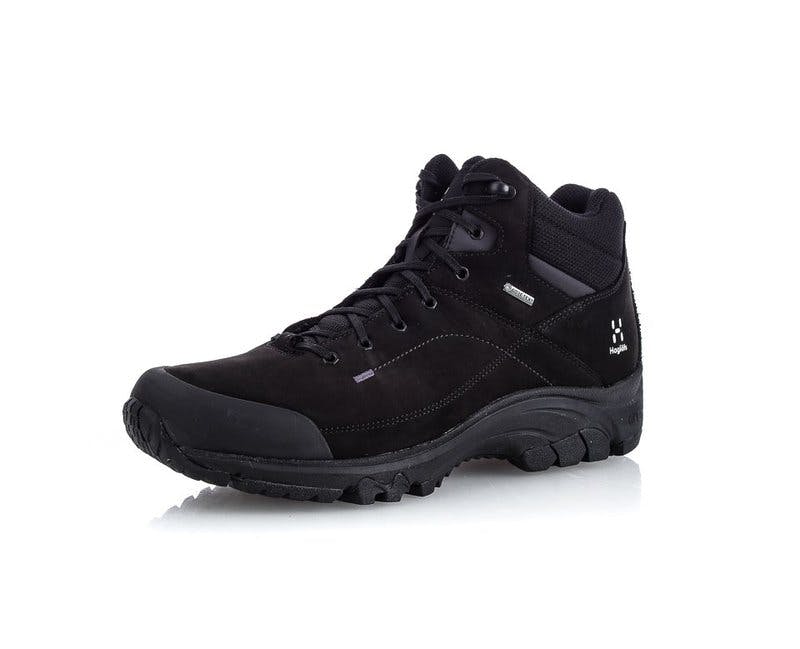 Here you get the same features as the regular Ridge GT but in a higher model. This one works for basically all hikers all year round and is available for both women and men. Recommended price 1 895 SEK.
Here you get the same features as the regular Ridge GT but in a higher model. This one works for basically all hikers all year round and is available for both women and men. Recommended price 1 895 SEK.
For a warmer climate: Observe Mid GT Surround 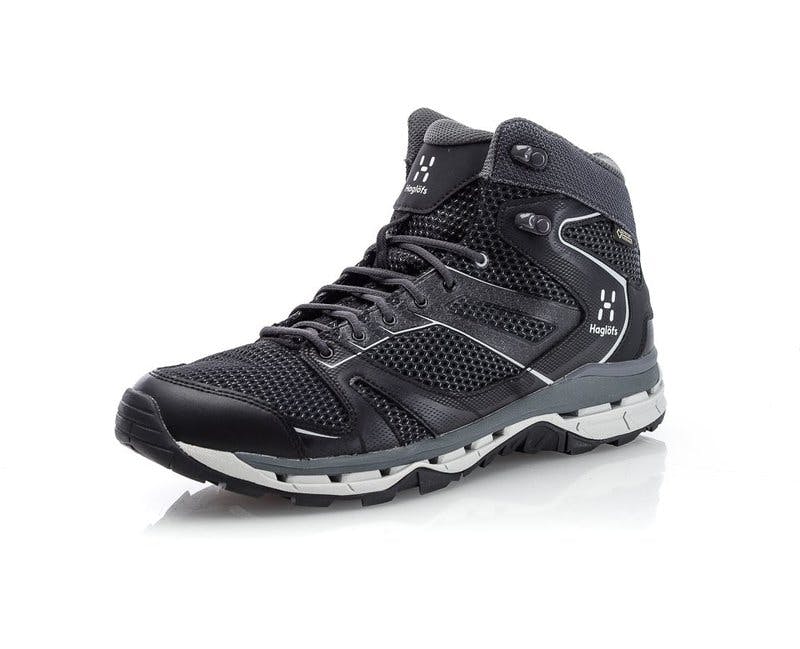 Here you will find the women's model of Observe Mid GT Surround, recommended price SEK 1,895 . Observe is also available as a low shoe for both men and women that is perfect for the French Alps, for example, thanks to the new surround sole that provides ultimate breathability.
Here you will find the women's model of Observe Mid GT Surround, recommended price SEK 1,895 . Observe is also available as a low shoe for both men and women that is perfect for the French Alps, for example, thanks to the new surround sole that provides ultimate breathability.
For plenty of stability: Oxo GT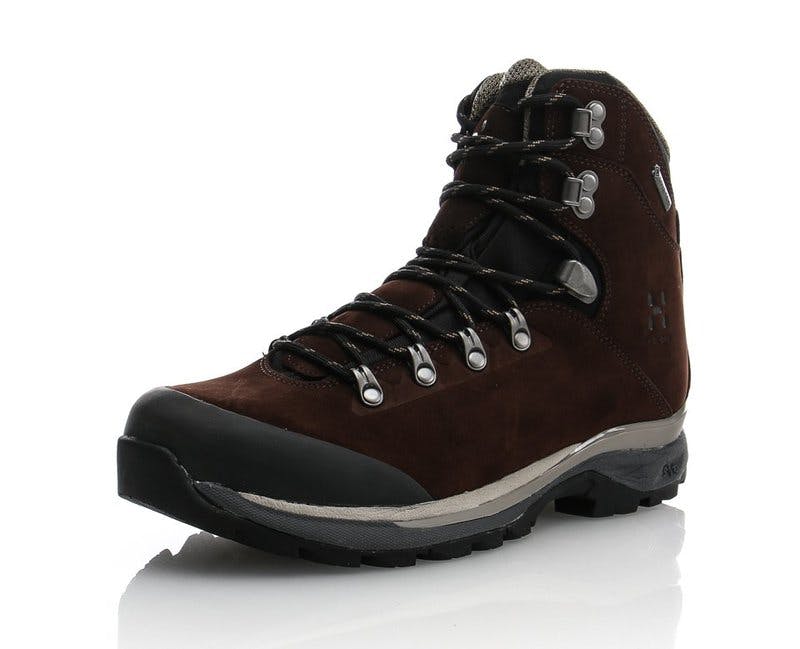 The Oxo GT, available for both men and women, is the big brother of the Ridge Mid GT. It is a leather shoe with very good stability and durability for those with heavier packs. Recommended price 1 995 SEK.
The Oxo GT, available for both men and women, is the big brother of the Ridge Mid GT. It is a leather shoe with very good stability and durability for those with heavier packs. Recommended price 1 995 SEK.
SHOP HERE: Jackets for your outdoor adventures from Haglöfs
READ MORE: How to avoid blisters in your hiking boots
READ MORE: 3 tips for your hiking trip




